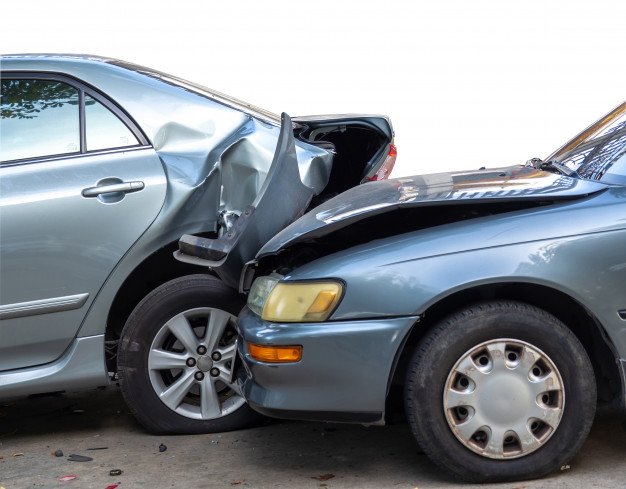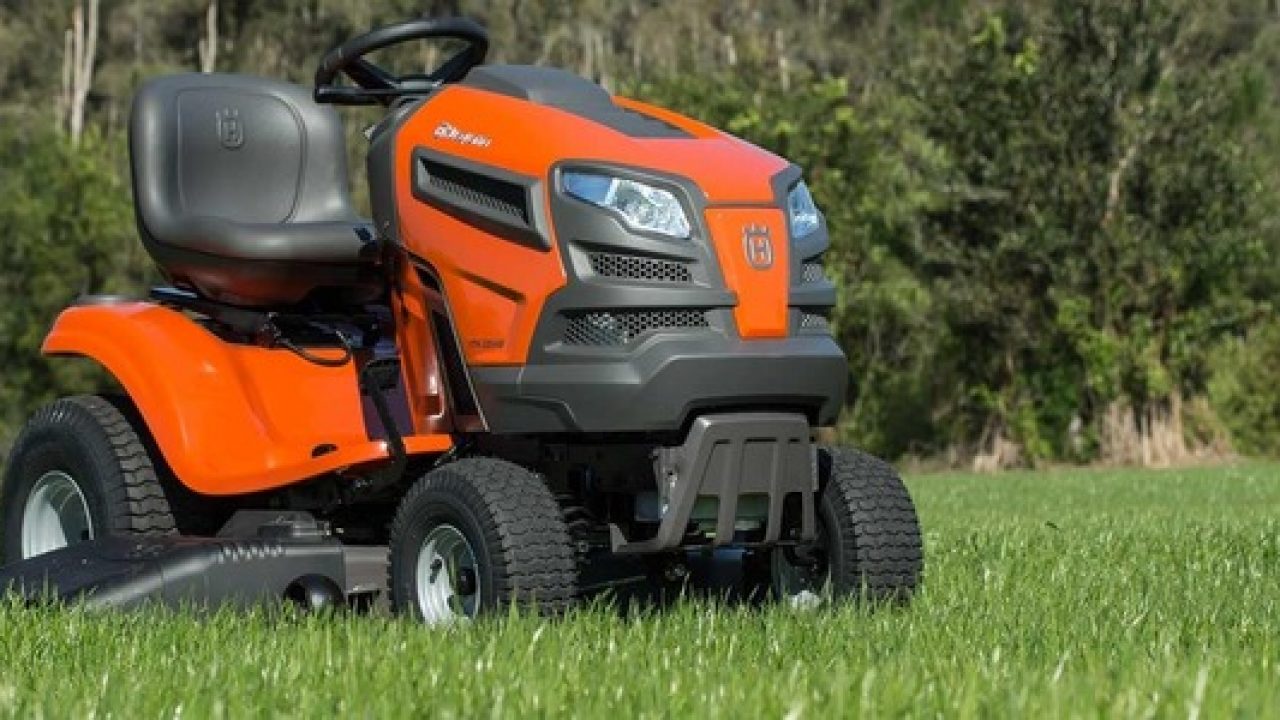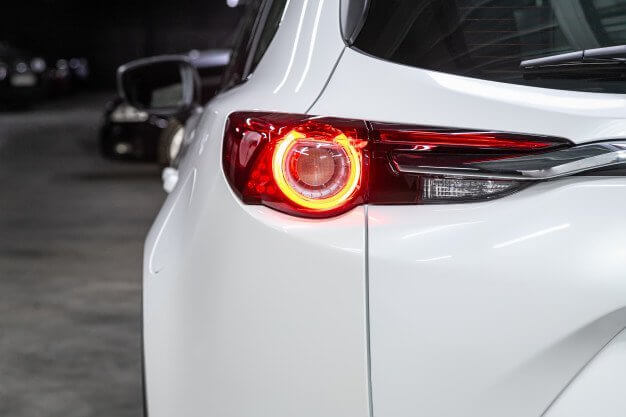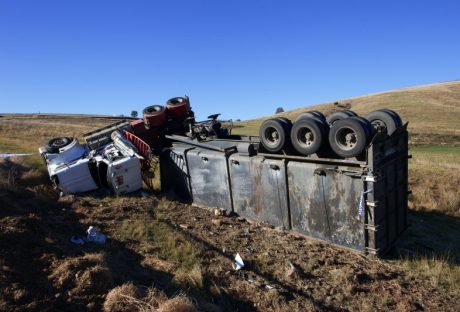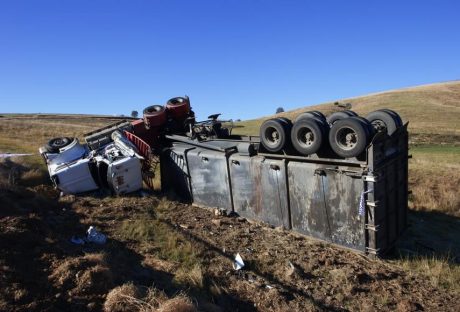The modern world sees most of us rushing from one commute to another. The mass ownership of the automobile is brilliant for getting us from A to B – but is it all it’s cracked up to be after you have a car crash?
We put together this shortlist of dos and don’ts for after a car accident to help guide you through the process. Being in a fender bender is bad enough, but if it’s your first time then you need some guidance. Let’s look more closely at what you should, and what you shouldn’t, do when you have a car crash.
Crashing your Car: What you Should Know
If you have been in a vehicular accident, then there are a few things you should make sure you do.
Immediately after the Accident
If the car crash has just happened then stop the car, pull over, and switch on your hazard lights as soon as it is safe to do so. You are legally obliged to stop and may be taken to court if you do not. Exchange details with other drivers and witnesses only after you make sure yourself and others are safe. Emergency services should also be called.
- Do: ensure the safety of yourself and others.
- Do: contact the emergency services if needed.
- Do: get the contact details of everyone involved.
But…
- Don’t: admit responsibility (as this Portland car accident lawyer will tell you).
- Don’t: have lengthy conversations with other parties involved. These conversations can be used against you by defense lawyers and insurance companies.
The Balance Small Business has a good article listing which specific details you should get from which parties.
In the Days Following a Car Accident
You should report to the local police station if you have not already been in touch with the law to report the accident. You should also get in touch with your lawyer or car accident attorney. They can file a car accident claim on your behalf and talk you through all the necessary legislation.
If you are the offending party, then they will advise you on how best to proceed. It is likely that there will be a monetary cost to the accident, and they can negotiate a fair rate of pay on your behalf. It is advised that your role in the accident is to hand over the facts and let your attorney deal with it. Car accidents can become legally complex matters that you should not try to handle alone.
- Do: Seek out the police if required.
- Do: inform your insurance firm for the accident.
- Do: seek out a car accident lawyer.
But…
- Don’t: try to negotiate any deals by yourself.
- Don’t: contact anyone involved in the crash after the affair.
Car Crashes cost the US economy more than 230 billion USD annually, so you are not alone in crashing. However, if you follow these guidelines your car crash lawyer in Portland can assist you to get the best outcome from an already dire situation. Whether this is a monetary award for your medical bills or distress, or whether this is a reduced fine or minimal jail time.
When you crash your car you probably need an attorney – and that is the moral of the story.
Read also:













